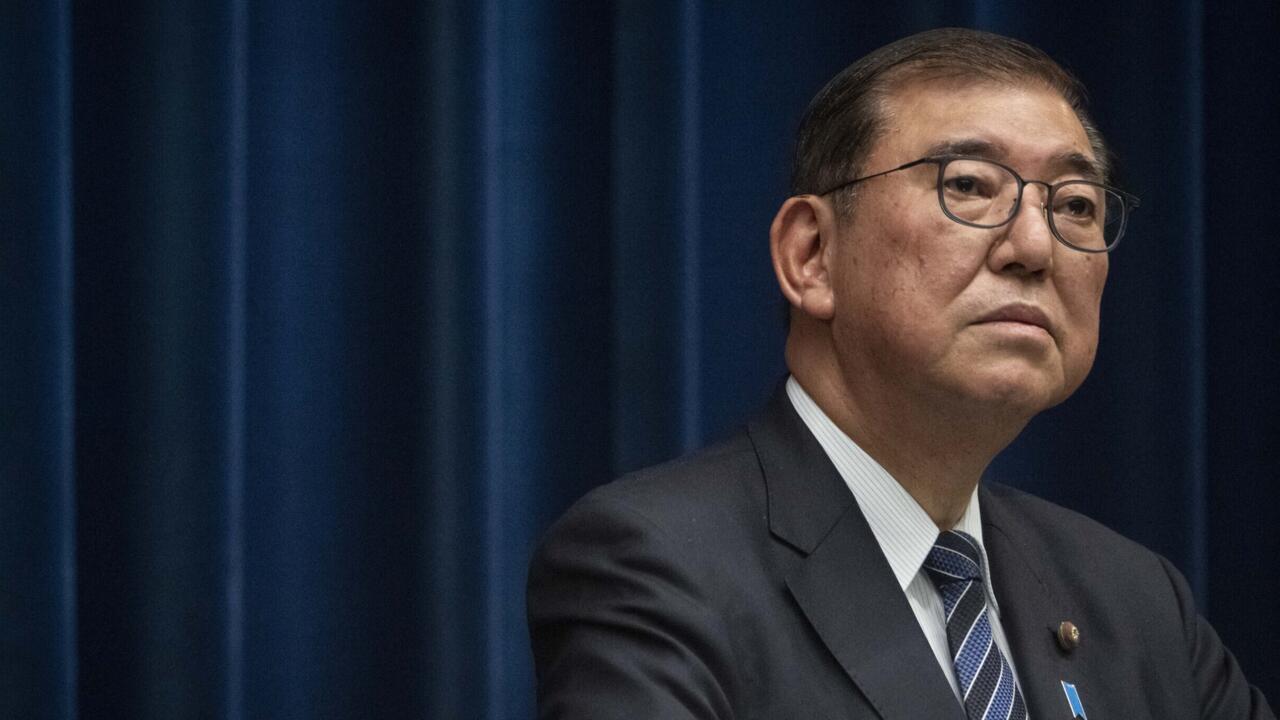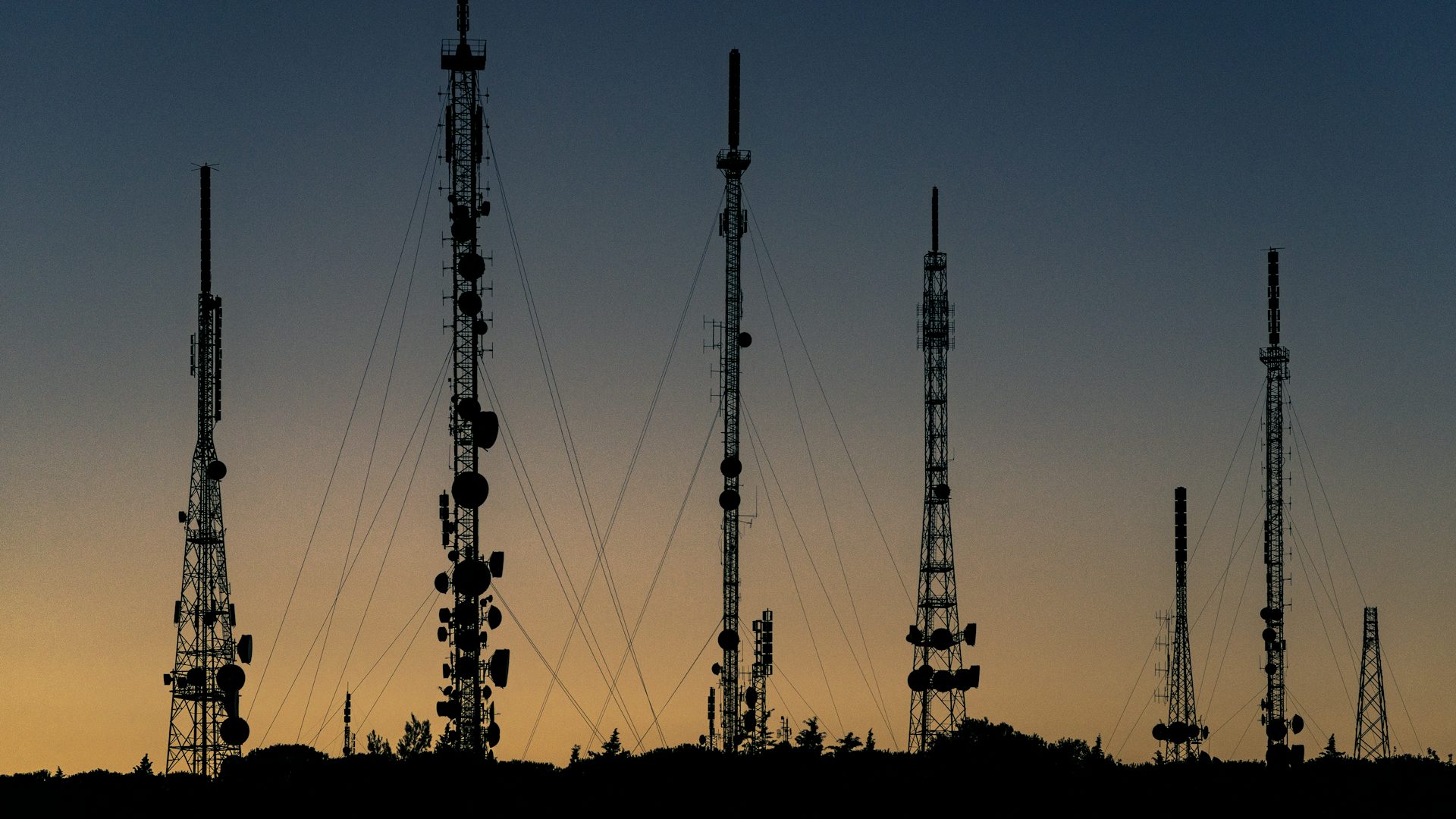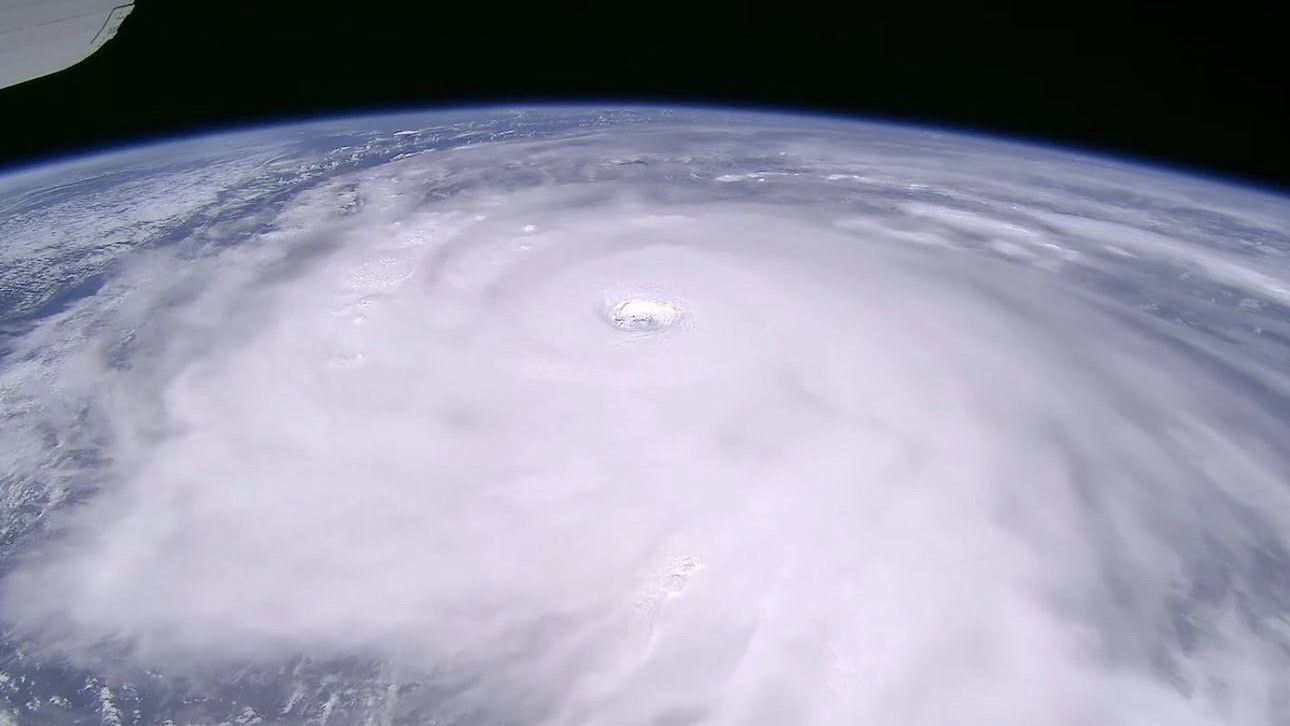- Japan PM resigns. Shigeru ishiba steps down after losing japan PM election.
- Cough Syrups Easily Available in Bengaluru Without Doctor’s Note
- 1 GB Internet Costs Less Than A Cup Of Tea: PM Modi Says
- 40% Surge in Urban Heart Issues: Essential Daily Habits for Office Workers
- Zoho's Sridhar Vembu: Made in India, Built for the World
India's surging silver demand has caused a market upheaval, with stocks selling out and prices soaring. This frenzy has disrupted London's silver market, triggering panic among traders and investors as global supply struggles to keep up with India's unprecedented buying spree.
Global Silver Shock: India’s Demand Disrupts London Markets
:max_bytes(150000):strip_icc()/SilverETFMeaningTaxImplicationsExamples-0ce816ddf42b4f4d804d46e492472ae8.jpg )
The global silver market is reeling from an unprecedented shock as India's voracious demand has triggered stockouts, soaring prices, and outright panic in London's trading hubs. What began as festive buying ahead of Diwali has snowballed into a full-blown crisis, with physical silver vanishing from vaults and lease rates spiking to over 30%. Silver prices have shattered records, surpassing $53 an ounce in October 2025, marking the highest levels since the infamous Hunt brothers' squeeze in 1980.
India's Buying Frenzy: The Spark That Ignited the Fire
In India, the world's largest silver consumer, demand has exploded due to cultural traditions and investment fervor. Ahead of Dhanteras and Diwali, households rushed to buy silver coins, bars, and jewelry to honor Lakshmi, the goddess of wealth. This festive surge was amplified by a booming investment trend, with silver ETFs seeing inflows triple those of gold in 2025. Retail frenzy, fueled by viral social media influencers promoting silver as a "must-buy," led to shelves emptying overnight. Vipin Raina, head of India's largest precious metals refinery, described it as a "stampede" unlike anything in his 27-year career, with stocks sold out for the first time in history. Premiums over global prices ballooned from a few cents to over $5 an ounce, sparking bidding wars among buyers.
Compounding the issue, India's silver imports plummeted 42% in the first eight months of 2025 to just 3,302 tons, despite surging needs. While September saw a near-doubling of imports to stockpile for festivals, it wasn't enough to quench the thirst. Industrial demand from solar panels, electronics, and EVs—now accounting for nearly 60% of global silver use—further strained supplies, as India ramps up green energy initiatives.
London's Panic: From Hub to Hotspot of Chaos

Across the Atlantic, London's silver market—the nerve center for global trading—has descended into disarray. Vaults holding over $36 billion in silver are rapidly depleting, with freely tradable bars down 75% from 2019 levels to just 200 million ounces. Indian buyers, shifting from holiday-disrupted Hong Kong supplies during China's Golden Week, drained London's inventories systematically. Bullion banks like JPMorgan halted non-contracted shipments to India, citing the squeeze.
Lease rates, the cost of borrowing physical silver, exploded to 39% annualized—levels unseen in decades—making it prohibitively expensive for shorts to cover positions. This sparked a short squeeze, where futures prices lagged spot by up to $3, forcing traders to scramble for metal, even chartering flights to airlift bars. COMEX stocks in New York also dwindled, with outflows to London exacerbating the liquidity drought. Analysts warn of potential delivery defaults if even 5-10% of contracts demand physical settlement.
The Bigger Picture: A Structural Deficit Unmasked
This crisis isn't isolated; it's the culmination of years of imbalances. Global silver demand has outstripped supply for five straight years, with a 2024 deficit of 148.9 million ounces and a cumulative shortfall of 678 million ounces over the past half-decade. Mine production, 70% a byproduct of other metals like copper and lead, can't ramp up quickly. The solar boom alone is projected to consume 450 million ounces annually by 2030, up from 200 million today.
Geopolitical ripples added fuel: U.S. inclusion of silver on its critical minerals list in September diverted shipments stateside ahead of potential tariffs. The "debasement trade"—investors fleeing a weakening dollar amid U.S. debt fears and Fed rate cuts—poured over 100 million ounces into ETFs this year. Central banks, including Saudi Arabia, even began stockpiling silver alongside gold. In India, domestic prices hit Rs 1.85 lakh per kg, a 53-75% yearly surge, outpacing gold.
Price Volatility and Market Fallout
Silver's rollercoaster ride saw it climb 74% year-to-date, peaking at $54 before a 6.7% pullback as some shorts covered. In India, MCX futures traded Rs 20,000/kg below street prices, creating arbitrage oddities. Fund houses like Kotak and UTI suspended silver ETF subscriptions to curb overvaluation. Globally, the LBMA and COMEX face scrutiny over liquidity, with backwardation signaling persistent tightness.
The fallout extends to industries: Solar manufacturers delay projects, EV makers scout alternatives, and jewelers pivot to lighter designs. Yet, for investors, it's a boon—silver's dual role as industrial metal and safe-haven has delivered outsized returns.
Outlook: Sustained Highs or Imminent Relief?
Looking ahead, experts foresee no quick fix. The Silver Institute projects continued deficits, with industrial demand hitting 700 million ounces in 2025. Post-Diwali profit-taking may trigger a correction, but structural tailwinds—green tech, inflation hedges, and India's enduring affinity for silver—point to $77 by 2027 and potentially $100 long-term.
Policymakers eye import tweaks, but for now, the global silver shock underscores a market at its breaking point, where East meets West in a glittering clash of supply and desire.
This episode not only highlights silver's rising star but also the fragility of interconnected commodity chains in an era of surging electrification and cultural continuity.
The 10-Minute Rule by Steve Jobs - A Stanford-Proven Creativity Hack
Discover Steve Jobs’ 10-minute rule, a simple yet powerful creativity hack backed by a Stanford study. This technique involves taking 10-minute breaks
Sushila Karki Sworn In as Nepal's First Woman PM: What You Need to Know
Sushila Karki, Nepal's former Chief Justice, was sworn in as interim Prime Minister on September 12, 2025, becoming the country's first female leader.
Russia Earthquake Today: 7.4 Magnitude Strike Off East Coast Sparks Pacific Alerts
A powerful 7.4 magnitude earthquake struck off Russia's Kamchatka Peninsula on September 12, 2025, at a shallow depth of 39.5 km, according to USGS da
NASA Discovers Potential Signs of Life in Mars Rock Sample
NASA's Perseverance rover made a groundbreaking discovery in July 2024 while exploring Jezero Crater on Mars. It encountered a rock dubbed "Cheyava Fa











